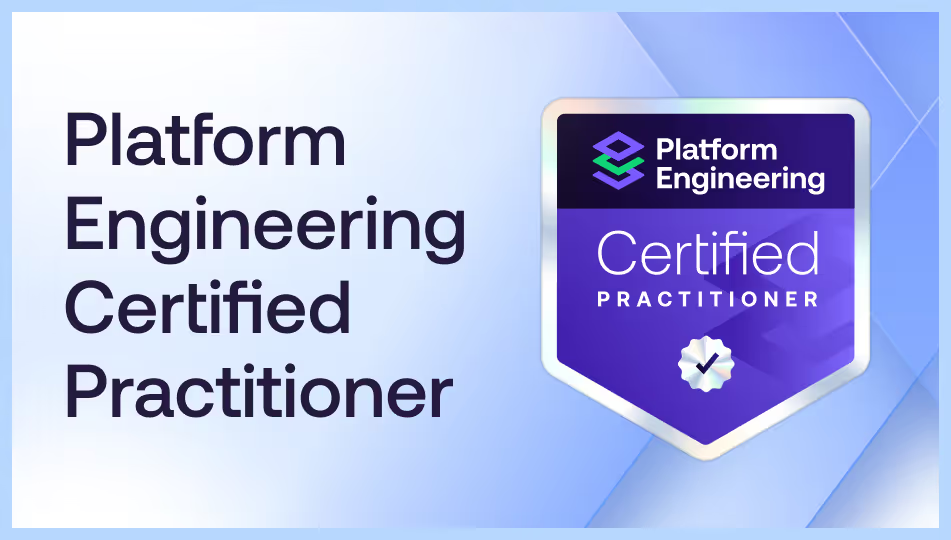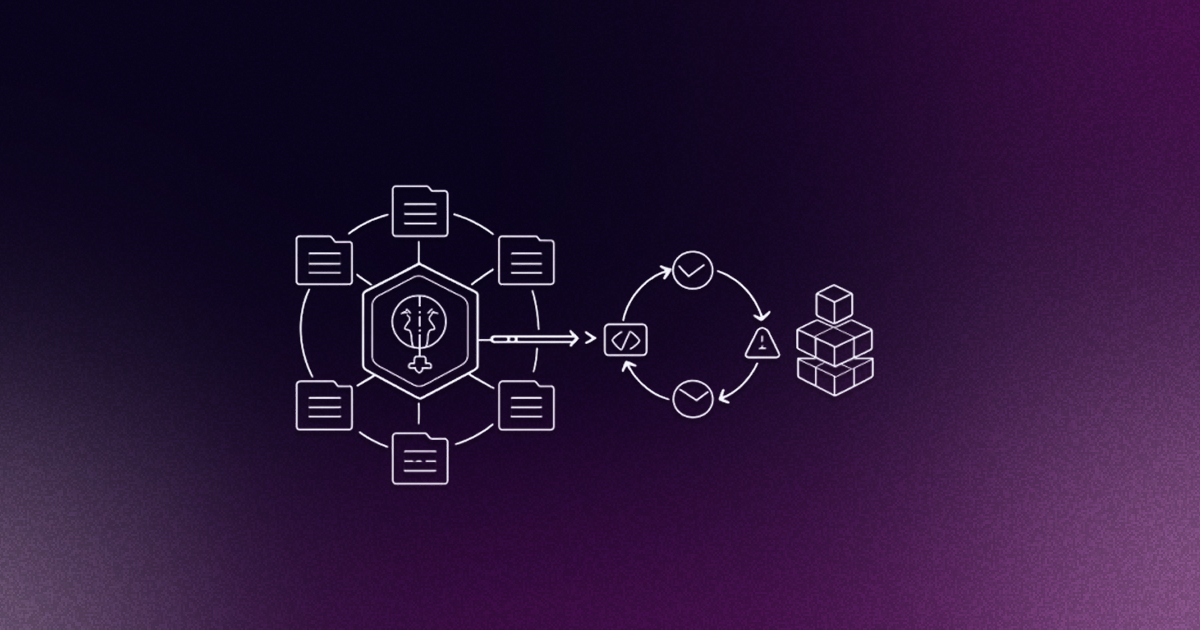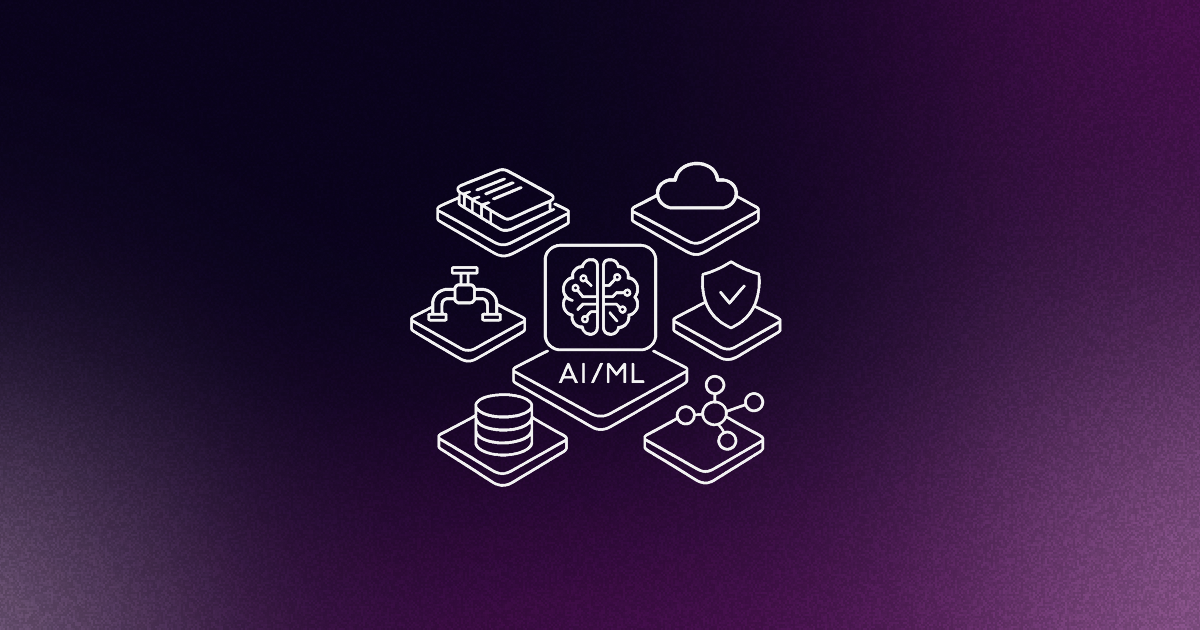One of the core tenets of a successful platform engineering practice is to be customer-centric. Being closer to the customer and understanding their pain points and subsequently how you can help is a part of the value-add proposition. Given their organizational scope, platform teams have to deal with a wide range of stakeholders, each one of them with their own unique and nuanced needs. The conflict is inevitable - how does a group prioritize where to focus their efforts first and foremost, and perhaps over time, when needs increase in scope, complexity, and audience size?
The RICE framework is a light-weight prioritization model that can help platform teams make quantified decisions around engineering team time investments. In addition, the model is very easy to share with partners and customers of the platform team, subsequently allowing for quicker and easier alignment on roadmap initiatives.
The RICE framework is also beneficial in situations where a platform team doesn’t have immediate support available from allocated or dedicated product management time and focus. Perhaps that’s due to funding, headcount allocation, or simply a proper skill set available – all valid reasons, especially in the current macro environment. The framework is easy to learn and understand, and can be used by many engineering teams and leaders to arrive at the right answers with a fairly limited team time investment.
What is the RICE framework?
The framework has 4 dimensions - Reach, Impact, Confidence, Effort. Each leg has a score and, in turn, helps produce an aggregate score. The items with the highest aggregate score become the leading candidates for delivery in the current execution cycle, usually quarterly but may be even half-yearly in some organizations.
- Reach: This is how big the audience is. It’s usually measured on some type of time horizon. For most intents and purposes, platform teams can measure those on a six-month or annual basis. More on that later.
- Impact: This is usually a multiplier. A rather simplistic one is 3 - big impact, 2 - medium, 1 - small.
- Confidence: Also a multiplier, albeit a fractional one. 100% - high confidence, 80% - medium, and 50% - low.
- Effort: The actual effort it takes to implement the changes using a similar scale as the one under the Impact pillar, i.e., 3 - low effort, 2 - medium, 1 - large effort. Most teams are familiar with Agile and can leverage story points as a quantifying mechanism behind the scale, but that’s not a hard requirement.
Alternative measurements for impact, confidence, and effort are more than okay as long as they are a consistent scoring mechanism across execution cycles. Feel free to play around.
Putting the RICE framework into practice
First things, first. We have to understand who our customers are, outside of the obvious ones, i.e., software developers. Some additional examples of platform users that are fairly generic and likely apply to most organizations are: product software engineers, product managers, senior leadership, and business-side stakeholders.
How does one attempt to measure reach? It really depends on one’s organization:
- Small, in-person, or virtual, startups: Simply count the number of folks per group in your chat messenger. This may take you less than 30 mins
- Medium-sized organizations: Chances are you already have a human capital management platform. You’ll most likely have to work with a talent representative to set up a curated and automated data feed that helps you better understand population sizes based on job title and level.
- Large-scale enterprises: The data is in an Enterprise Resource Planning (ERP) system somewhere. Once again, you’ll most likely have to work with a talent representative to get that going.
In the cases where some of this is already present and automated, you may have to go to your developer portal product of choice and extract those numbers from there.
This rather simplistic approach likely works well in the early days of a platform engineering team’s charter. Once things get a little more complex, you may want to consider some of the following customer dimensions:
- Practitioners <-> Product Management <-> Leadership <-> Business Stakeholders
- FrontEnd Application Developer <-> Backend Developer <-> Data Practitioner <-> ML/AI specialist <-> System Reliability Engineer <-> Product Management
- Net New Hire <-> Some Tenure (1-3 yr) <-> Long Tenured (3+ yr)
- Junior <-> Mid-level <-> Senior <-> Staff+ level of Comfort & Expertise
- Novice <-> Intermediate <-> Platform Power User
- Type of High Level Programming Language Used: Java, Python, golang, .NET
The more dimensionality you have for a given platform user, the more precise and focused your estimates will be. Consider refining those as you go along by adding, removing, or exploring alternative dimensions or facets.
Examples of how to use the RICE framework
The below assumes a Total Addressable Market (TAM) / engineering customer base of 2,000 FTEs. The numbers are fictitious and will vary from organization to organization.
- Implement Karpenter to shave off $2 Million dollars in annualized compute
- Reach: 2000, Impact: 3, Confidence: 100%, Effort: 10 days (small).
- RICE score: 2000 * 3 * 1 * 3 = 18000
- Reduce CI/CD deploy time for python-based microservices from 50 mins to 5 mins
- Reach: 500, Impact: 3, Confidence: 80%, Effort: 20 days (medium).
- RICE score: 500 * 3 * 0.8 * 2 = 2400
- Replace homegrown On Call Management Platform with a 3P SaaS-based alternative
- Reach: 2000, Impact: 3, Confidence: 100%, Effort: 150 days (large)
- RICE score: 2000 * 3 * 1 * 1 = 6000
- Implement a self-service data extraction and integration pipeline from OLTP datastores to a cloud-based data warehouse
- Reach: 300, Impact: 2, Confidence: 50%, Effort: 10 days (small)
- RICE score: 300 * 2 * 0.5 * 3 = 900
- Stand up an MCP Gateway to reduce cost while improving discovery, registration, and governance of internal MCP servers
- Reach: 1500, Impact: 3, Confidence: 100%, Effort: 10 days (small)
- RICE score: 1500 * 3 * 1 * 3 = 15000
Karpenter saving $2 MM ends up being the most worthwhile investment at this time.
Closing thoughts
The RICE framework is a powerful construct that can also be combined with the concepts of the Product Operating Model. It’s a very simple tool that can help make the trade-offs on prioritization between specific OKRs / tactics achieving target objectives, while being transparent and clear to customers and stakeholders on the rationale. It allows for a durable and reproducible product-oriented process with a low barrier to entry for even non-product management personnel. Have fun, RICE-ing out there!












